Portrait #23 (Kent), 2008, Oil on Canvas, 48" x 36"
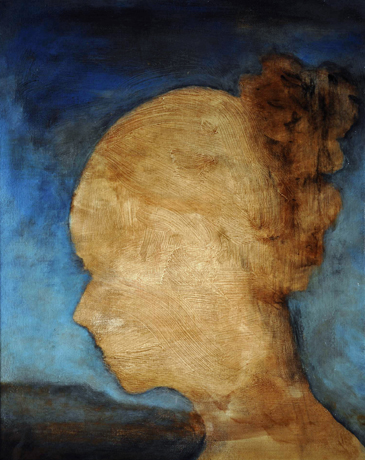
Portrait #12 (Abra), 2008, Oil on Canvas, 20" x16"
Portrait #19 (Nikki), 2008, Oil on Canvas, 30" x 24"

Portrait #3 (Sandy), 2008, Oil on Canvas, 10" x 8"
Portrait #22 (Miles), 2008, Oil on Canvas, 48" x 36"

Portrait #12 (Sofia), 2008, Oil on Canvas, 20" x 16"
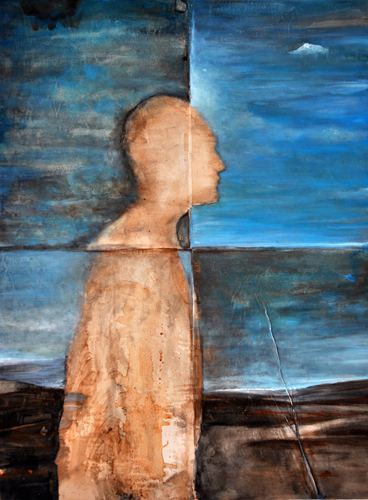
Portrait #21 (Paul), 2008, Oil on Canvas and Paper, 48" x 36"
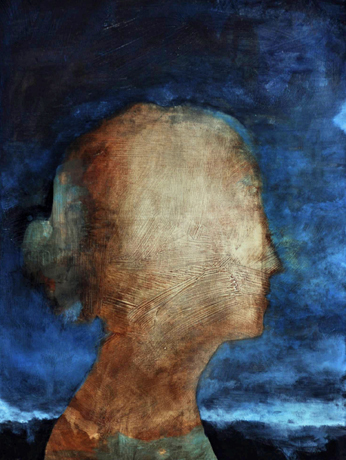
Portrait #10 (Bea), 2008, Oil on Canvas, 24" x 20"

Portrait #14 (Faith), 2008, Oil on Canvas, 24" x 20"
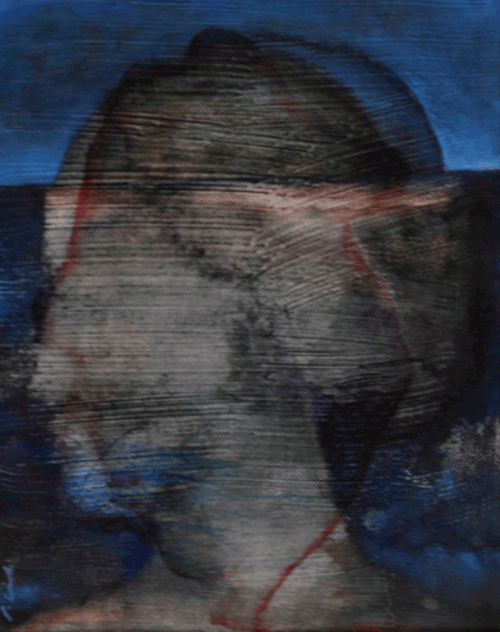
Portrait #4 (Annie), 2008, oil on canvas, 10" x 8"
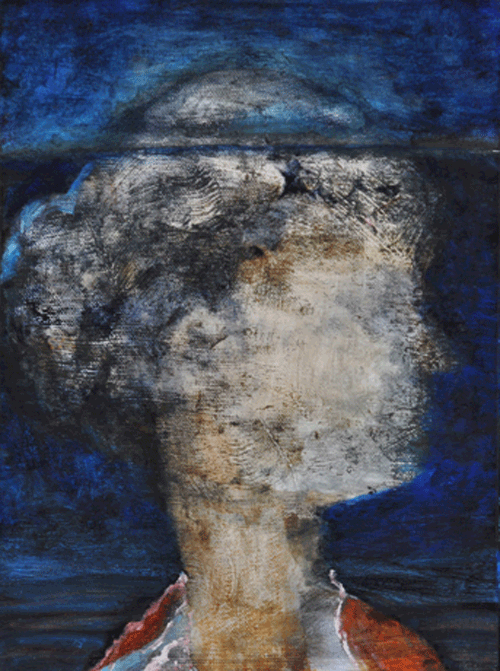
Portrait #5, (Lola), 2008, oil on canvas, 12" x 9"
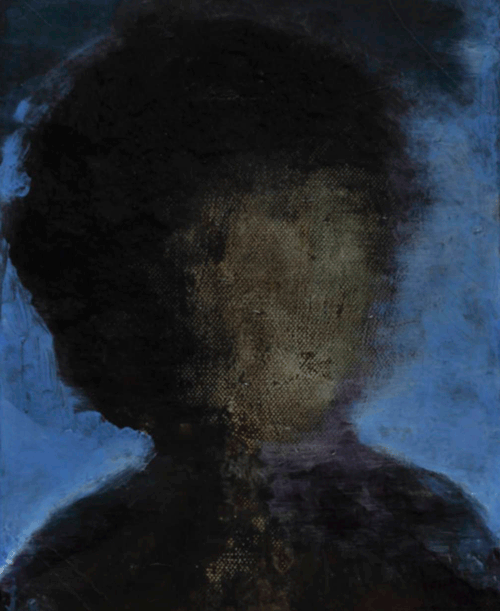
Portrait #6, (Untitled), 2008, oil on canvas, 10" x 8"
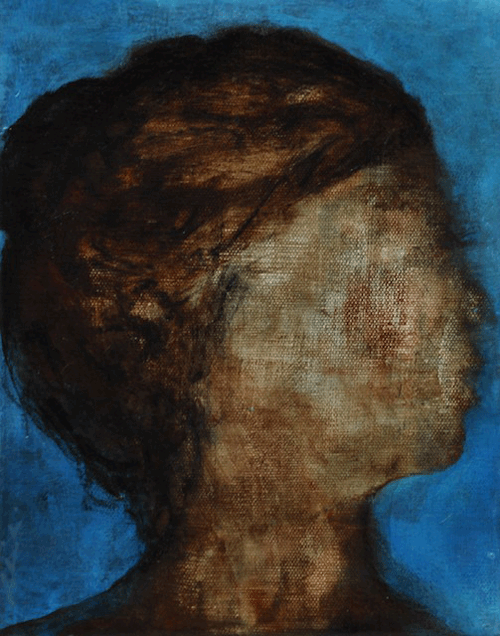
Portrait #7 (Rose), 2008, oil on canvas, 10" x 8"
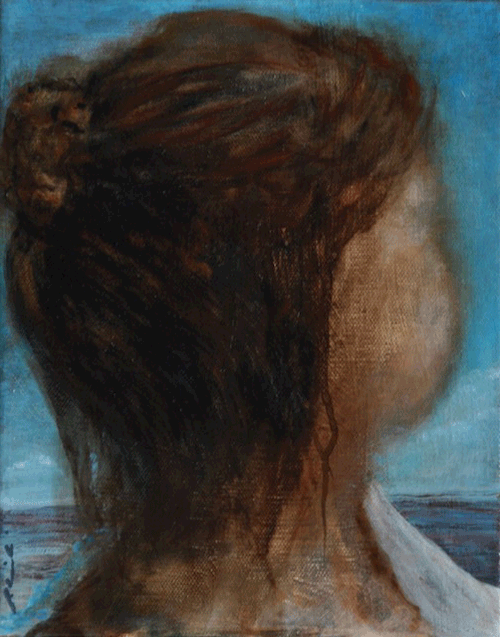
Portrait #8, (Grace), 2008, oil on canvas
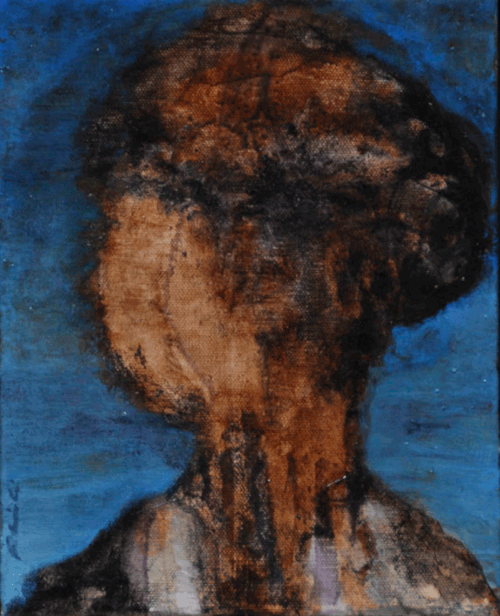
Portrait #9 (Nina), 2008, oil on canvas, 10" x 8"
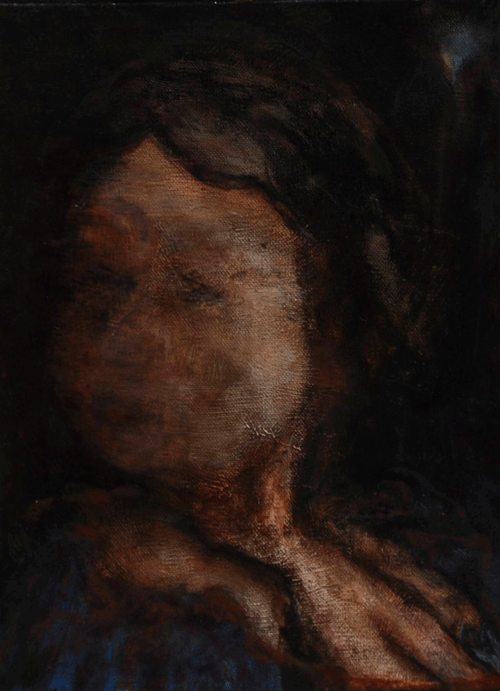
Portrait #13 (Hope), 2008, oil on canvas, 12" x 9"
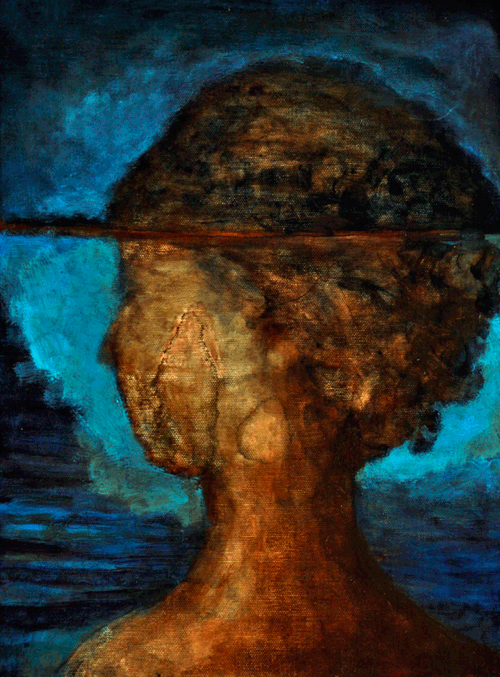
Portrait #15, (Simone), 2008, oil on canvas, 16" x 12"
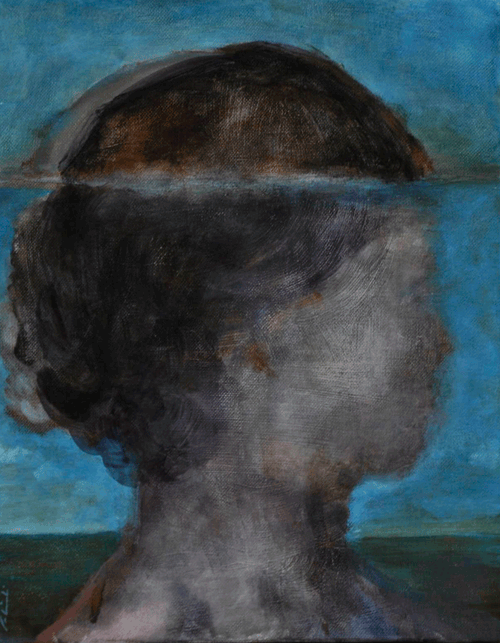
Portrait #16 (Pat), 2008, oil on canvas, 14" x 11"
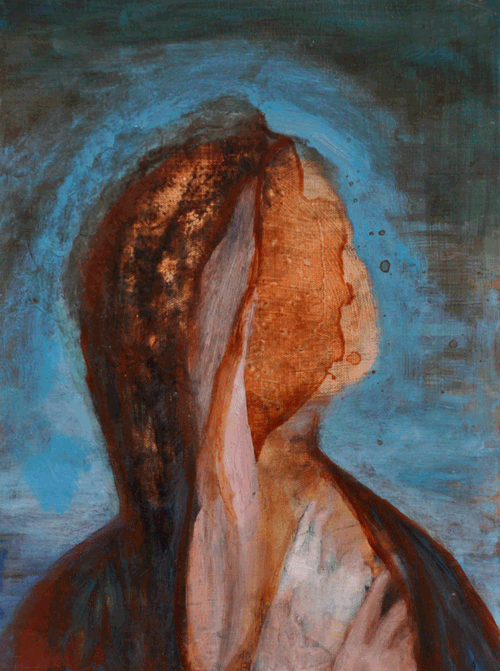
Portrait #17 (Mary), 2008, oil on canvas, 16" x 12"
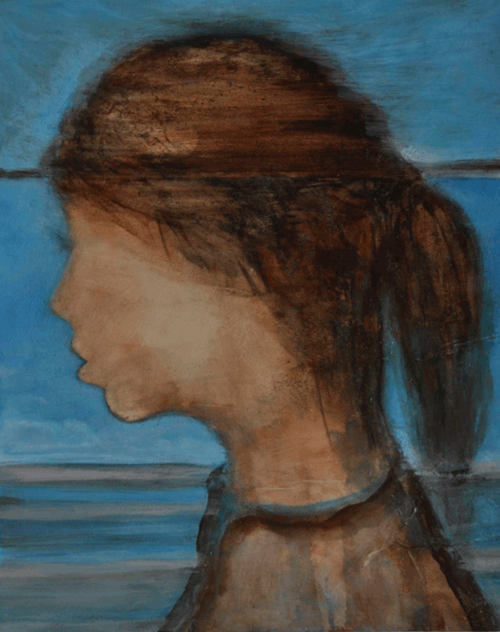
Portrait #18 (Sofia), 2008, oil on canvas

Portrait #20 (Elle), 2008, oil on canvas, 30" x 24"
Portraitless Portraits
"Portraits" is Florimbi's fifth exhibition for Frank Pictures and follows his highly acclaimed shows "Pinturas Mataddores," "Imminent Domain," "Forces of Nature" and "Station Crossing" at the gallery.
For "Portraits," Florimbi combines the traditions of portaiture and landscape painting to raise new questions on the meaning of representation. In "Station Crossing," Florimbi's 2007 exhibition at Frank Pictures, noted critic Donald Kuspit singled out Untitled (Head) as a "tour-de-force of emotional expression," which can be seen as a kind of irony, since the image is almost entirely erased. He also points to a curious use of the appropriation of classical Renaissance forms towards a postmodernist end. This was most notable in how the image of the face was, in fact, a reduction or distillation of the subject's essence. Appropriating form and then minimzing the subject through sutbraction also references Robert Rauschenberg's 1953 "Erased de Kooning Drawing."
In "Portraits," Florimbi investigates these same notions. His own numbing erasures leave a sense of longing, but also an intuitive understanding of what remains. The key to appreciating this work is recognizing that which is left out, unspoken, blunted. From this negative space the viewer draws understanding and realization through a more trying and valuable viewing experience. In these 'portraitless-portraits,' we find in their void the essence of the obscure complexities of the sitter without having ever known the subject. |

